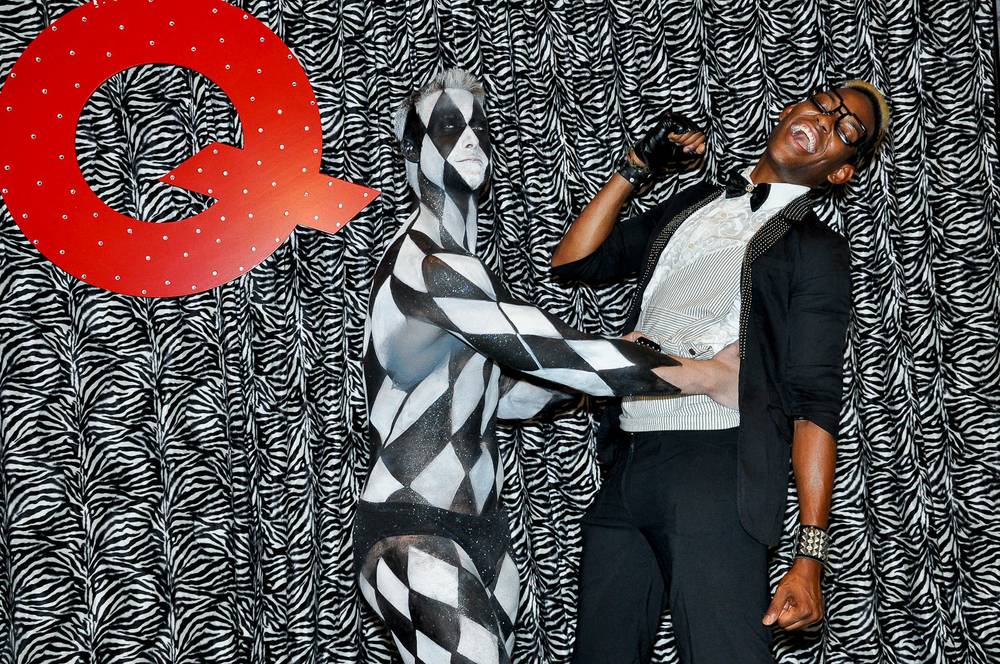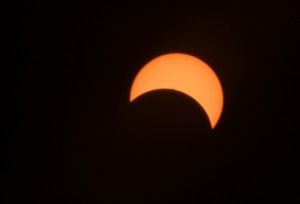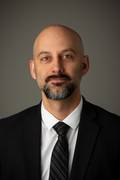Twenty years ago right now, Magic Johnson was reflecting on an amazing year in which he returned to basketball after being diagnosed with HIV, played in the NBA All-Star Game and took MVP honors and competed with the legendary gold medal Dream Team in the Barcelona Olympic Games. As detailed in this year’s ESPN documentary The Announcement, only with hindsight can we begin to understand the impact of the sports hero’s diagnosis upon the way the world thinks about AIDS.
But that was 20 years ago, and awareness has dissipated. According to Sam Ho, chief medical officer of UnitedHealthcare, people born after AIDS first emerged in 1981 are now most at risk of becoming infected with HIV, and the Centers for Disease Control and Prevention has stated that most new HIV infections reported in this country involve people under the age of 30.
Beyond the Weekly
“It is so important to ensure that all people—especially young people—are aware and educated about HIV/AIDS prevention and the availability of effective treatments,” writes Ho in an informational release marking World AIDS Day on December 1. “While proper treatment for people with HIV has become much more available and effective, only 25 percent of Americans with HIV are receiving it.”
The education and awareness gap also exists here in Southern Nevada. According to numbers from the Nevada State Health Division’s HIV/AIDS Surveillance Program, 61 percent of new HIV infections in Clark County in 2011 were diagnosed in people ages 13-34, with 35 percent of those occurring in ages 25-34. Statewide numbers follow suit with Clark County.
Earl Shelton, development director for Aid for AIDS of Nevada (AFAN), said his organization’s education and outreach teams regularly visit community events and festivals and facilities where there are lots of young people. “Our efforts are segmented to different demographics, and we go out to multiple youth homes in the community and do HIV 101 classes. Educating the community is a big part of what we do and our outreach people are pretty phenomenal.” Beyond general education, AFAN works to educate those already infected, dealing with issues on proper practice and when and how to disclose their diagnosis to friends and family.
About 56,000 Americans become infected with HIV each year, according to the CDC, and more than 14,000 Americans with AIDS die each year. The CDC estimates that nearly 1.2 million Americans are living with HIV, and that about one in five don’t know they have the virus. Regularly testing those at risk and then providing antiretroviral drugs for HIV/AIDS patients dramatically reduces the number of new infections.
“As was the case with Magic Johnson and other courageous Americans 20 years ago, we can’t allow today’s more effective treatments to make us complacent or ambivalent, or to lessen our resolve to find a cure and an AIDS-free generation,” Ho writes.







Previous Discussion: